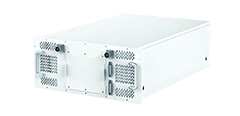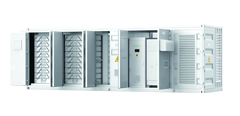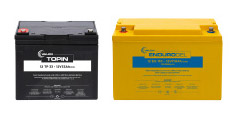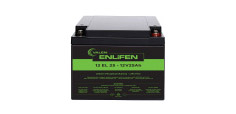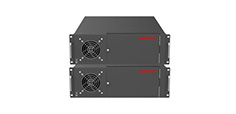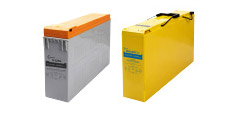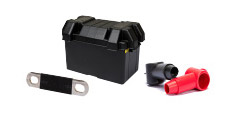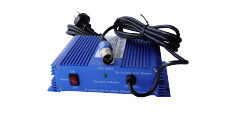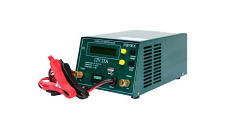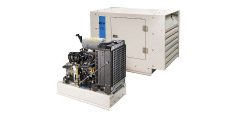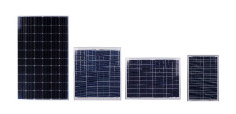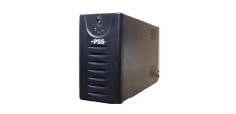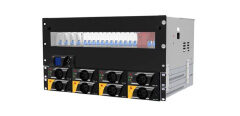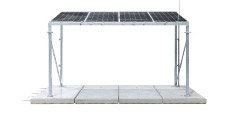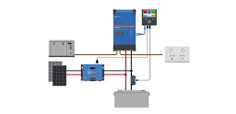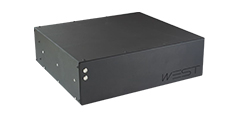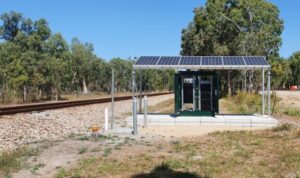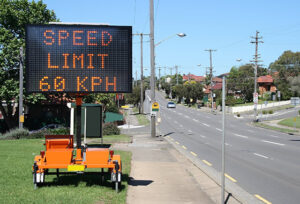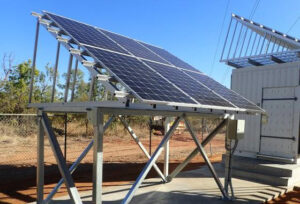A Guide to Solar Powered Battery Charging. When you’re installing a deep cycle VRLA battery system, you need to ensure you’re using the optimal charging method for the size and type of batteries being used.
If the batteries are unable to be fully and correctly charged, the system cannot operate at its peak performance.
In this blog, the experts at Valen take a look at solar-powered battery charging. Over recent years, this charging method has become more commonly used for a wide range of applications.
We’ll also explain the differences between PWM and MPPT solar charge controllers and how they work.
The basics of solar battery charging
If your battery system is in a remote area, or one where sunlight is plentiful, then solar charging is definitely a viable option. Applications that are suitable for solar charging include caravans and RVs, road signs such as portable traffic lights or hazard signs as well as remote communications towers.
However, it’s important to note that solar charging is generally a less reliable method than mains powered charging.
Periods of cloud cover (solar drought), shading from trees and tall objects as well as the obvious lack of sun during the night needs to be taken into account.
Undercharging
In order to ensure your batteries are not undercharged, it is suggested to have a minimum of 25% extra charge capacity available in the daily calculated charge to ensure the battery is maintained at its optimum level.
Under sizing or incorrectly calculating the size of the solar panel required will result in the battery being undercharged and potentially failing along with the system failing to perform as it should ultimately costing your company time, resources and money.
Overcharging
In order to prevent your batteries from being overcharged by a solar power system, a solar charger controller (sometimes referred to as a solar regulator or MPPT charge controller) must be used. This is a device that controls the charge coming in from the solar panels to the batteries.
When a solar charge controller is used, the controller will take the power from a solar panel and regulate it to charge or maintain the battery in the most optimised way.
Solar charge controllers
There are two main solar charge controller types available – these are PWM (Pulsed Width Modulation) and MPPT (Maximum Power Point Tracker).
PWM and MPPT refer to the way the controller regulates the charge from the sun to the batteries.
PWM is the original method and has been around for many years, whilst MPPT is a newer and more efficient method.
MPPT has been specifically designed to reduce the efficiency loss in charging batteries from solar panels. MPPT controllers, on average, output 30% more charge than PWM controllers due to their efficient method of converting solar power to battery charge.
How do PWM and MPPT solar charge controllers work?
PWM:
A PWM controller clamps the solar panel output voltage to match that of the battery until it’s fully charged, then clamping it further to float charge the battery. The output from the controller is maxed at the solar panel’s output current.
The controller uses very simple algorithms to determine the correct voltage required for charging the batteries.
MPPT:
MPPT controllers track the open-circuit voltage of the solar panel and matches that with the peak current generated from the solar panel.
The controller then tracks that as the maximum power point and converts that power to charge for the batteries.
Using this maximum power point ensures that the panel is producing at its peak and the full wattage produced by the solar panel is being converted to charge for the batteries.
MPPT controllers have a greater input voltage range, allowing greater voltages in the cables from the panels to the solar charge controller. This again increases the efficiency of the system by reducing voltage loss in the cabling.
All power generated by the solar panels is converted into charge for the batteries.
Need further advice about solar-powered battery charging and whether this method is viable for your application?
Talk to the team at Valen. We’d be happy to answer any questions you have.
Simply click here to get in touch. Or you can schedule a no-obligation 15-minute phone chat with one of our experienced battery experts.



